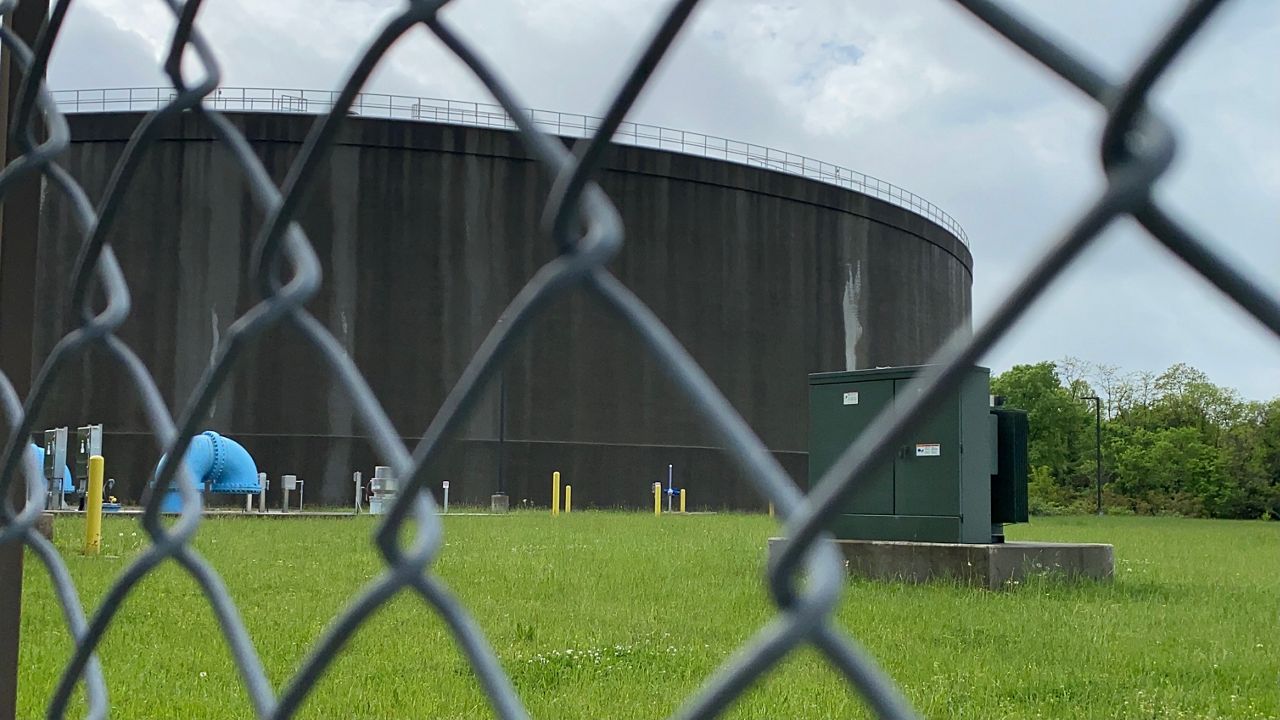WISCONSIN — The Wisconsin Wastewater Surveillance Program (WWSP) is part of a new national center on wastewater management with the Centers for Disease Control and Prevention, officials announced Friday.
It’s just one of three others in the country to be named a National Center of Excellence for Wastewater Surveillance by the CDC.
WWSP is a partnership between the Wisconsin Department of Health Services, the Wisconsin State Laboratory of Hygiene at the University of Wisconsin-Madison, and the University of Wisconsin-Milwaukee.
During COVID-19, it helped pioneer wastewater-based surveillance for the virus, monitoring levels at more than 70 treatment facilities across the state.
Now, they’ll using that knowledge to help provide training, consultation services and resources to more public health agencies and affiliated laboratories.
UWM’s School of Freshwater Sciences professor Sandra McLellan said in the pandemic, the group of researchers spent months creating a standard method to extract and detect genetic traces of the disease from sewage samples — something that didn’t exist before. This allowed them to see the amount of pathogens shed by people who had symptoms and for those who didn’t.
Ultimately, it helped determine if infections were increasing or decreasing in communities served by the wastewater treatment facility where samples were taken.
“Not only can wastewater reflect what is happening in the community, we have found this program can provide an advanced warning for new surges or variants of COVID-19 and other respiratory diseases,” McLellan said in the release. “This work is important to the state of Wisconsin as individual testing in an outbreak drops off.”
McLellan said that in addition to their expertise, the Milwaukee Metropolitan Sewage District and NEW Water will assist in sharing knowledge with the new CDC center. She said they were critical partners in the development of the COVID-19 surveillance system.
Officials said McLellan is leading the project to create a wastewater surveillance model that can be replicated in other cities to manage a public health crisis.



